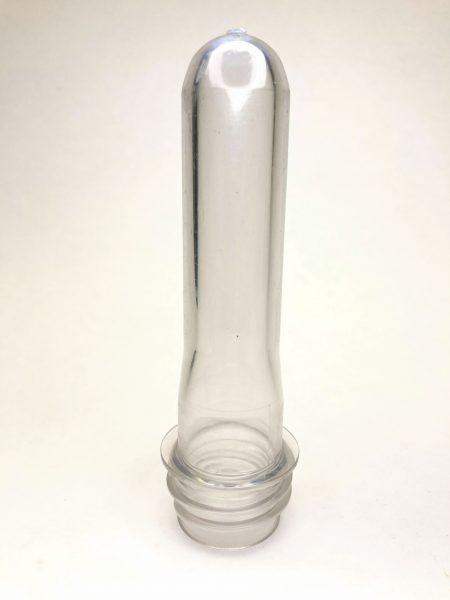Blow molding, a cornerstone of modern plastics engineering, entails the transformation of thermoplastic materials into a wide array of hollow shapes, ranging from bottles and containers to more complex structures. The process harnesses air pressure to shape molten plastic within a mold, allowing for the production of intricately designed and functional objects.
The Blow Molding Process
The blow molding process unfolds through a sequence of precise steps:
- Parison Creation: In extrusion blow molding, a parison is formed by extruding molten plastic. In injection blow molding, a preform is created through injection molding.
- Mold Clamping: The parison or preform is placed within a mold, which is closed to encase the plastic.
- Blow Molding: Air pressure is introduced into the parison or preform, causing it to expand and conform to the mold’s shape. The plastic takes on the mold’s intricate details.
- Cooling and Solidification: After the plastic has taken the mold’s shape, cooling systems are used to solidify the plastic within the mold.
- Mold Opening and Ejection: Once the plastic has cooled and solidified, the mold is opened, and the newly formed hollow object is ejected.

Advantages of Blow Molding
- Lightweight and Economical: Blow molding produces lightweight yet durable objects, making it cost-effective for large-scale production of plastic containers.
- Intricate Designs: The technique accommodates intricate designs and complex shapes, catering to diverse consumer needs.
- Material Efficiency: Blow molding minimizes material wastage, contributing to sustainable plastic manufacturing.
- Speed and Efficiency: With relatively short cycle times, blow molding ensures efficient production for high-volume manufacturing.
Process Variants
- Extrusion Blow Molding: This technique involves the extrusion of a hollow tube of molten plastic known as a “parison.” The parison is then enclosed within a mold, and air pressure is applied to expand and conform the plastic to the mold’s shape.
- Injection Blow Molding: Combining injection molding and blow molding, this technique starts with the creation of a preform through injection molding. The preform is then transferred to a blow mold, where air pressure is employed to expand and mold the plastic.
- Stretch Blow Molding: Primarily used for PET bottles, this method involves stretching a preform in the axial direction before blowing, resulting in improved mechanical properties and clarity.
